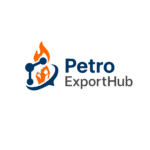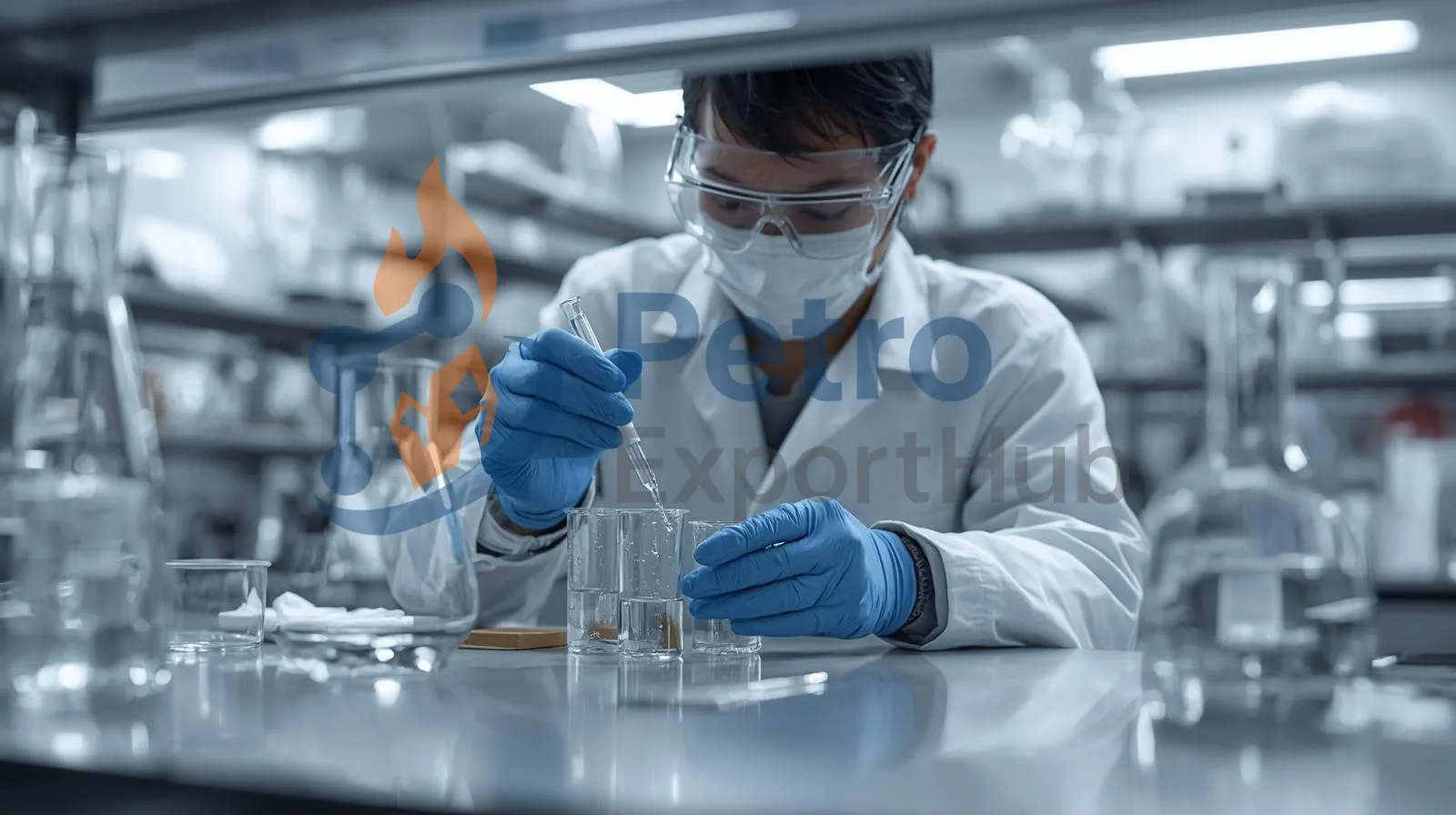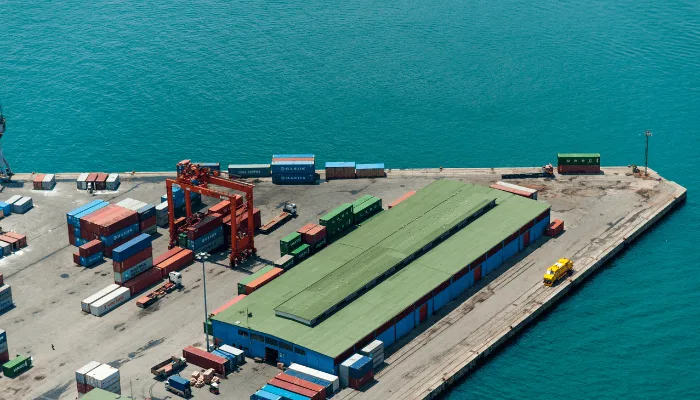
Introduction
In industrial chemicals, few comparisons are as important as Mono Ethylene Glycol (MEG) and Propylene Glycol (PG). Both are versatile, widely traded, and essential in different applications ranging from textiles to food-grade cooling systems. But for buyers, manufacturers, and distributors, the real question is: which one should you choose?
The decision often depends on product specifications, safety, cost, and the offers available from a trusted monoethylene glycol supplier. At the same time, global monoethylene glycol price trends can shift purchasing strategies in favor of one material over the other.
What Is Mono Ethylene Glycol (MEG)?
Origin: Produced from ethylene oxide, primarily derived from crude oil or natural gas.
Properties: Clear, odorless, highly hygroscopic liquid with strong antifreeze characteristics.
Applications:
Polyester fiber and PET resin manufacturing.
Automotive coolants and antifreeze.
Resins, adhesives, inks, and industrial solvents.
MEG is the volume leader in glycols, driven by the massive demand from the polyester industry.
What Is Propylene Glycol (PG)?
Origin: Produced from propylene oxide. Available in both industrial grade and food grade varieties.
Properties: Colorless, odorless, lower toxicity compared to MEG, making it suitable for food-related applications.
Applications:
Food and beverage industry (as a humectant and preservative).
Pharmaceuticals and cosmetics.
Industrial cooling where low toxicity is required.
Key Differences: MEG vs PG
| Feature | Mono Ethylene Glycol (MEG) | Propylene Glycol (PG) |
|---|---|---|
| Feedstock Source | Ethylene oxide (from crude oil) | Propylene oxide |
| Toxicity | Higher (not food-safe) | Lower, food and pharma grade available |
| Primary Use | Polyester, PET, antifreeze | Food, pharma, cosmetics, industrial cooling |
| Cost Factor | Lower cost, competitive monoethylene glycol price | More expensive due to added safety benefits |
| Market Availability | Higher volumes, global trade dominated by Asia & Middle East | Smaller global market share |
Cost Considerations
One of the most important differences between MEG and PG lies in pricing.
Mono Ethylene Glycol Price: More volatile, directly linked to crude oil and polyester industry demand. Its cost-effectiveness makes it the preferred choice in large-scale industrial applications.
Propylene Glycol Price: Generally higher, as production volumes are smaller and food-grade quality requires stricter compliance.
For cost-sensitive industries like textiles and packaging, buyers typically secure long-term contracts with a reliable monoethylene glycol supplier.
Choosing the Right Product
Choose MEG if:
You are in polyester, PET, antifreeze, or large-scale industrial sectors.
You require high volume at a competitive monoethylene glycol price.
Choose PG if:
You operate in food, beverage, cosmetics, or pharmaceuticals.
Safety and non-toxicity are more important than cost.
In some cases, companies purchase both products, depending on their production needs.
Future Outlook
MEG will continue to dominate global demand due to its central role in polyester and textiles.
PG will see steady growth in food, pharma, and personal care industries.
Buyers will increasingly evaluate suppliers not just on cost but also on sustainability, with many monoethylene glycol suppliers exploring bio-based production options.
5-Line Summary
Mono Ethylene Glycol (MEG) and Propylene Glycol (PG) share similarities but serve very different markets. MEG is cheaper, widely available, and essential in polyester and antifreeze, while PG is safer and preferred in food and pharma. The choice often comes down to cost versus safety, with monoethylene glycol price remaining a key driver for industrial buyers. Partnering with the right monoethylene glycol supplier ensures reliability, quality, and better long-term sourcing strategies.

MEG is cost-efficient, while PG is safer for food and pharma.
Monoethylene glycol price volatility is tied to crude oil and polyester demand.
Choosing the right monoethylene glycol supplier is critical for large-scale industries.
MEG dominates industrial use; PG dominates food and personal care.
Looking for MEG suppliers in Iran ?
- Contact Us today and get connected with producers and export-ready logistics.
- sales@PetroExportHub.com

Related posts
Mono Ethylene Glycol (MEG) serves as a cornerstone for modern antifreeze and coolant formulations, offering reliable freezing protection and heat resi . . .
Explore Solvent 100’s specs, uses, and export opportunities from Iran. Ideal for paint, ink, and adhesive buyers in India, Turkey, UAE, and Africa. . . .
Explore everything you need to know about exporting sulphur from Iran in 2024 — including types, packaging, documents, ports, prices, and top import . . .
Explore Iran’s top ports for petrochemical exports, including Bandar Imam Khomeini, Assaluyeh, and Bandar Abbas. Compare infrastructure, accessibili . . .
Learn the key differences between polypropylene (PP) and polyethylene (PE), their applications, advantages, and how to choose the right polymer for yo . . .
Discover how a Turkish plastics manufacturer reduced costs by 22% through importing HDPE from Iran. Real-world case study by PetroExportHub. . . .
Learn why Iran is a leading exporter of polyethylene (PE). Discover grades, global applications, and how PetroExportHub connects buyers with top suppl . . .
We are here to answer your questions....
Petro Export Hub
PetroExportHub specializes in the export of premium-grade petrochemicals, minerals, and industrial chemicals from Iran, serving international markets with reliability, transparency, and tailored logistics solutions
Tehran Office
Phone:
0214865484 | +989127607241
Address:
Tehran..
China Office
TEL :
0211400
Address:
Zhongzhou Bie Lu, Zhongcheng Street, Yiwu City, Zhejiang Province, China
Quick Access
Quick Access
- Contact Our Sales Team
- Frequently Questions
- Shipping & Logistics
- Become a Partner
- Certificatins & Quality







